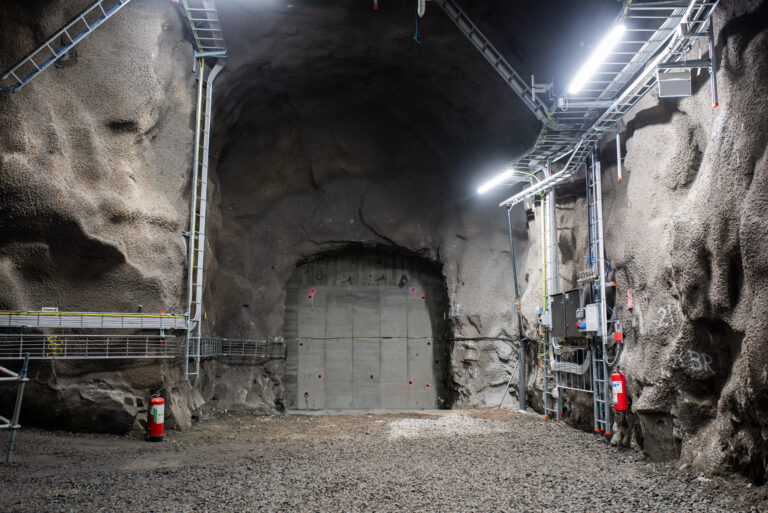Fossil-free hydrogen is a prerequisite for producing fossil-free steel. By also adding storage, the variable cost of hydrogen production can be significantly reduced, by between 25 to 40 per cent. HYBRIT is a collaboration between SSAB, LKAB and Vattenfall that started in 2016.
The hydrogen storage facility was used specifically on the electricity market for about a month. The mission was to produce hydrogen using fossil-free electricity at a variable electricity price with the lowest possible cost, for example during certain parts of the day or for longer periods when weather-dependent electricity generation was in good supply. The hydrogen was delivered in a steady flow to SSAB.
“Despite the fact that Vattenfall optimised trading and operations against real electricity prices during a period with low price variations, the results were very good. The tests were conducted in a close collaboration between Hybrit Development and Vattenfall. By applying it in actual circumstances, we were able to follow in real time how much money was saved by using what was stored,” says Marie Anheden, senior project manager at HYBRIT.
All research done on the hydrogen storage, which is adjacent to HYBRIT’s pilot plant for fossil-free iron in Luleå, has so far shown promising results. The design itself has proven to be well suited for rapid emptying and filling, interspersed by periods of less activity. The latest effort to lower the price of hydrogen production used a simulation tool, a new optimisation model and the 100 cubic meter pilot hydrogen storage in Luleå.
“These are exciting and important results because hydrogen from fossil-free electricity is one of the keys to transitioning the industry. Large-scale hydrogen storage makes it possible to adapt electricity consumption in a system of varying availability and prices and at the same time can supply the industry with hydrogen more stably and cost effectively. Used on a large scale, hydrogen storage can have a dampening effect on electricity price variations, which would favour investments in new electricity generation from all forms of fossil-free power,” says Mikael Nordlander, head of Industry Decarbonisation, Vattenfall.
“LKAB will change the entire production of iron ore products to fossil-free iron sponge produced with hydrogen gas, so these are very important results for us. We will need to produce over one million tonnes of hydrogen and consume over 70 TWh of fossil-free electricity per year when we have restructured the entire operation by 2050. Reducing costs is therefore absolutely necessary,” says Stefan Savonen, senior vice-president for energy and climate at LKAB.
“It is gratifying that the HYBRIT collaboration has had yet another positive result that we can present. The research gives us the security and confidence to continue developing a fossil-free value chain together with Vattenfall and LKAB. The hydrogen storage and fossil-free energy supply are of course important parts of the whole,” says Tomas Hirsch, Director and Head of Energy and ETS at SSAB.

